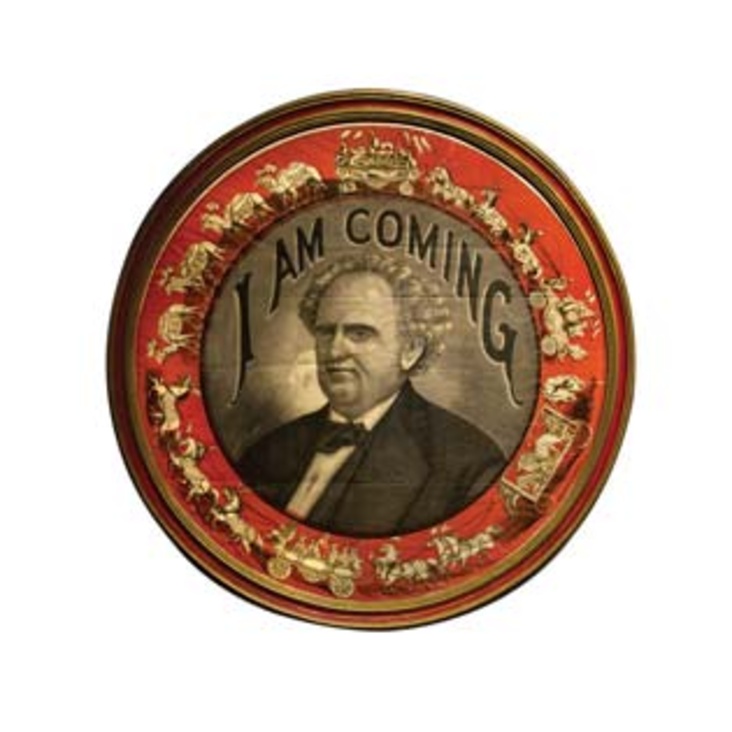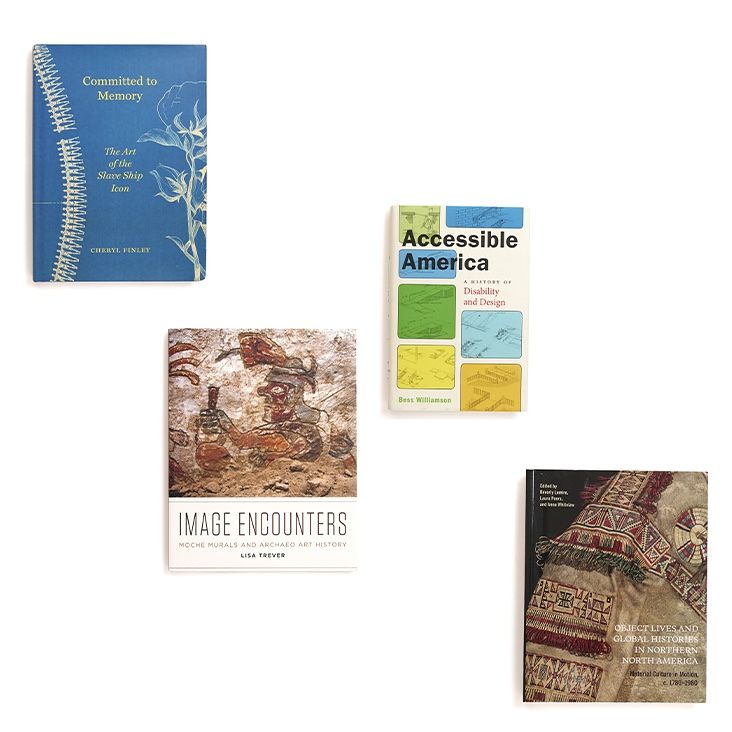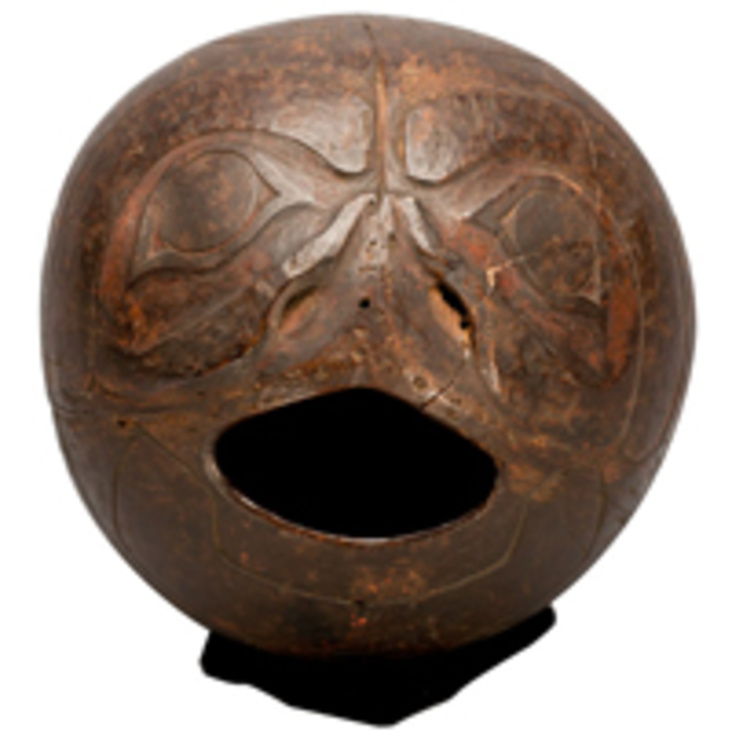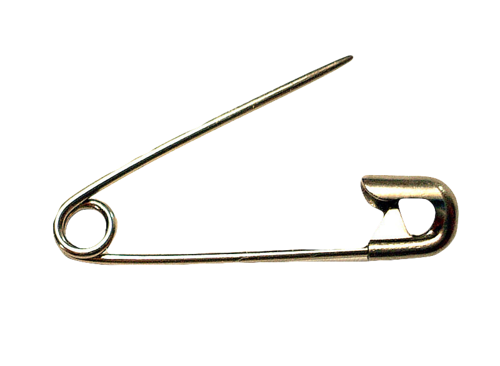American Streamlined Design: The World of Tomorrow was an extremely comprehensive selection of 180 objects, including furniture, ceramics, metalwork, plastic, and graphic design, as well as original drawings and book designs. Although it focused on the 1930s and ‘40s, the period during which streamlined design developed in the United States, the exhibition also presented streamlining in design today.
American Streamlined Design offered a fresh appraisal of its subject, placing the achievements of its best-known exponents—among them Norman Bel Geddes, Henry Dreyfuss, Raymond Loewy, and Walter Dorwin Teague—squarely alongside the contributions of lesser-known but significant designers such as Lurell E. Guild, Clifford Brooks Stevens, Harold Van Doren, and newly discovered practitioners such as John R. Morgan, William B. Petzold, and Louis Vavrik.
The exhibition posited that the streamlining of the 1930s is properly understood as a unique stylistic expression. Criticized as early as 1932 by modernists, the idiom evolved in defiance of both art deco and functionalist modernism. Objects celebrated today as design icons came in for explicit criticism in the 1944 catalogue for the Museum of Modern Art exhibition, Design for Use, with these words: “The desire to make objects look ‘up-to-date’ by borrowing forms from unrelated modern machinery often leads to absurdities such as this pencil sharpener streamlined to resemble an airplane.
“Perhaps a core difference in how American scholars received art deco and Bauhaus functionalism, and how they regarded streamlining,” says David A. Hanks, “lies in the fact that the former arose from an artistic vanguard, while streamlining aimed at the widest possible public and was based on an admiration for industry and speed.”
Supporting this case were products ranging from a humble computer card hole-puncher, roasting pan, and chrome-plated iron to a lounge chair created of welded tubular steel and leather, boldly canted as if straining into the future. Although this armchair would look perfectly at home on the deck of an ocean liner, its daring simplification of line belies the engineering bravura of its California designer, Kem Weber.
Other objects in the exhibition, fabricated in such modern materials as aluminum or Bakelite and other plastics, spoke to the birth of American consumerism, when time-saving new products spurred spending and promised a better world for everyone. The streamlined mixers, blenders, juicers, rotisseries, toasters, and oven-to-table casseroles that were flaunted by housewives; the bullet-like soda siphons, torpedo-shaped power drills, and pipes with speed lines enjoyed by suburban husbands; the jukeboxes, portable radios, and model airplanes of the younger sets—all were represented in American Streamlined Design, as were patent drawings and large-scale photographs that revealed the conception and use of these up-to-date designs.
The exhibition also made a case for the vigor of streamlining in today’s design. Among the contemporary designers represented are Jasper Morrison (Thinking Man’s Chair, 1986); Ross Lovegrove (Go Chair, 1999); and Scott Patt (Air Max Contact sneakers for Nike, 2001).
The exhibition dramatized six themes. The first five examined streamlining in specific areas of the home, the workplace, and domestic life. The sixth section considered how streamlining has been revived in recent years and has again become a dominant force in the design world.
Most of the furniture, graphic design, and products made of metal, plastic, and ceramic on display were drawn from The Eric Brill Collection, which comprises nearly 800 examples of American industrial design assembled by one individual over the last three decades and donated in 2003 to The Liliane and David M. Stewart Program for Modern Design in Montreal. Although the Brill Collection concentrated on American industrial design of the 1930s and ‘40s, the Stewart Program has steadily acquired later objects that reflect a modern aesthetic. Brill himself undertook prodigious research into the United States Trademark and Patent Office records to identify the inventors and designers of many of the patented objects in his collection.
The exhibition and its accompanying catalogue presented these findings for the first time. The curators of the exhibition were David A. Hanks, Curator, Stewart Program for Modern Design, and Dr. Martin Eidelberg, former Professor of Art History, Rutgers University.
The accompanying catalogue was published by Flammarion, Inc. It offers a scholarly account of the history of streamlining from the 1930s to the present, chronicles the social and stylistic thought of the period, and provides detailed analyses of all the objects featured in the exhibition. The 280-page book, which is available in English and French editions, features 400 illustrations with essays by David A. Hanks and Anne Hoy, Adjunct Associate Professor, New York University. The catalogue chapters are “’To Grace the Finest Desk’: Streamlining the Commercial World”; “’Power at Your Fingertips’: Streamlining Manual Labor”; “’Amazing Appliances’: Streamlining the Kitchen and Bath”; “’Flash-and-Gleam Beauty’: Streamlining the Living Space”; “’Won’t You Have Fun’: Streamlining Recreation”; and “’The World of Tomorrow Today’: Streamlining Now.”
The catalogue is among the first to explore U.S. patent records, to document 20th century design dates and the names of previously unidentified designers, and to analyze their mechanical and design innovations. Biographies of each of the designers in the exhibition are included to document the lives of these Americans.

















